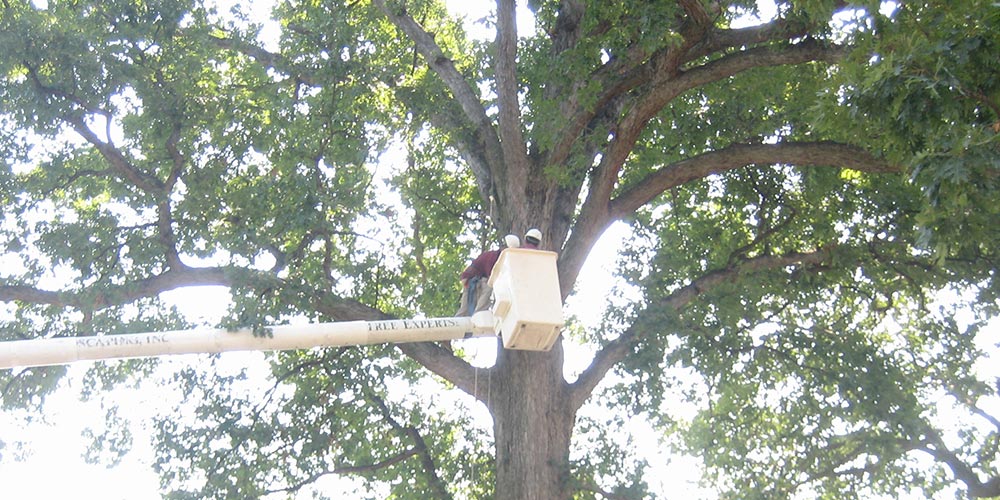
How To Inspect A Tree After A Storm
September 9, 2021
Trees are an asset to the environment and to continue beginning from these assets, you need to take proper care of the trees. However, natural disasters such as severe storms, rainfall, and thunderstorms are things that are not under your control and you need to inspect tree afterwards to learn if you need tree storm damage removal.
What Happens To Trees After A Storm?
Severe storms can shake the foundations of a tree. Even a solid, sturdy, and huge tree cannot handle the stress of a storm. The result is that it may get severely damaged, in bad shape, get leaned towards one side, or lose its structure. After a storm, you should check upon your trees for the extent of the damage. You should never prolong this as it could result in severe accidents such as the tree falling down and causing damage to nearby property, landscape, and people or falling on your own house.
Initial checking should be done from a safe distance as the tree will still be going through the damage and its weak and hanging branches could fall anytime.
Assess your tree and check for the extent of damage done. If you have thorough knowledge about trees then you would surely know what the next step should be or whether the tree can be saved or needs removal. But if not, then you should call in a professional arborist to assess the damage done. Professionals have the proper know-how and specialized tools to handle all sorts of emergencies.
If the tree is near power lines, then you should hand over the matter to the experts and never attempt on your own. It is also advisable to wear protective clothing such as a helmet, sturdy leather boots, gloves, and a face mask to protect yourself from getting hurt.
The Inspection
Assessing the tree after a storm is required because then you would know whether the tree can be saved and it will survive or not. Young trees can usually withstand the severity of the storm and can heal and grow again but if the tree is already old then surely it will need removal.
The Top Of The Tree
The first thing that should be assessed is the crown of the tree that is the leaves and the branches which are visible. All the hanging branches should be removed as they might fall. Check the limbs of the trees, if they are broken or hanging then the tree is exposed to diseases and infestation by pests and insects.
Expert arborists are equipped with treatments to apply on these broken or damaged trees so the tree can be saved from diseases and pest infestation. All the cracked branches should be cut and pruned to avoid further damage. Pruning should not be done haphazardly but proper cuts should be made so that the tree is not exposed to diseases and pests.
The Trunk Of The Tree
Next, you should inspect the trunk. The damage will not be very visible on the trunk as on the crown but you can still judge by the appearance. If there was a snow storm then naturally it would have caused the tree all the weight.
If you notice any sort of crack on the trunk then it should be immediately attended by an expert. Check for the depth and quantity of the cracks. If the cracks are 2 to 3 inches deep and on both sides of the trunk then the tree has become weak and could fall anytime. If the tree already had damaged or weak areas then cracks on those areas could be particularly dangerous.
The Roots
The roots are responsible for giving the tree its structure and its standing stability. If you notice exposed roots or upheaving roots or soi eroded at the base of the tree then the structure is completely shaken and your tree has become vulnerable. If there is a visible lean in your tree then the probability that the tree could fall in a few days is very strong so an expert should be called in right away.
Conclusion
After a storm, you should always check your tree from a safe distance and call in expert emergency tree services Kensington to take care of the damage. They are experienced and have the proper tools for the job and can also save your tree or remove it safely.
